While video games RPGs are almost as old as video games themselves, the genre didn’t really come into its own until the 1990s. Sure, there were plenty of big RPGs before that. Legendary series like Ultima, Final Fantasy, and Dragon Quest all got their start in the ‘80s. But as ’90s gaming technology improved, RPGs incorporated more quality-of-life improvements. Suddenly, a genre that previously appealed to a small fringe began to top the sales charts.
Of course, we’re all familiar with the big names of 90s RPGs like Fallout, Chrono Trigger, and Baldur’s Gate, but dig a little deeper, and there are still plenty of lesser-known games that are worth checking out even now. Here, in order of first release, are the 15 most underrated RPGs of the 1990s.
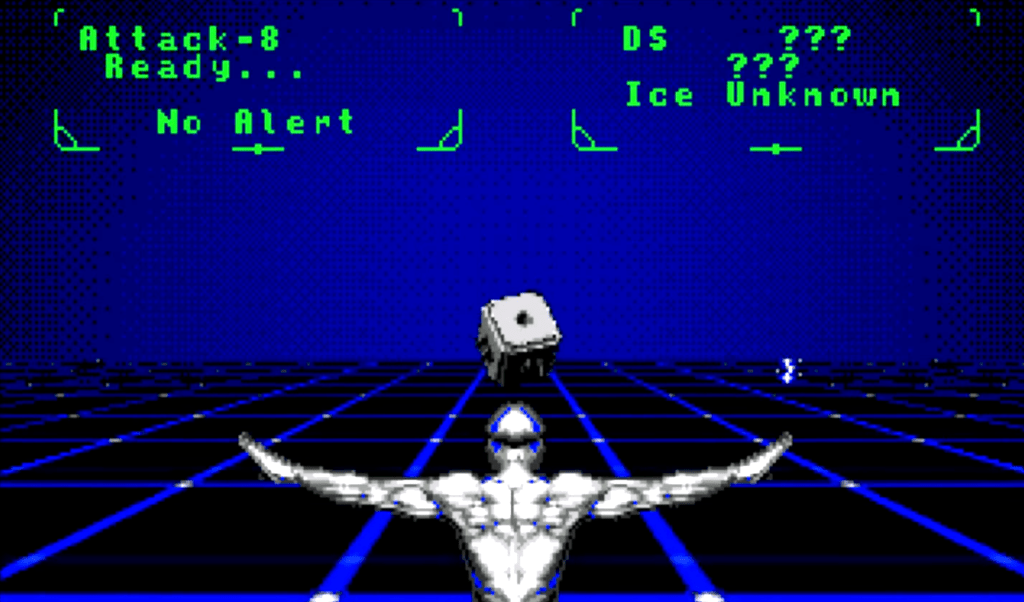
Shadowrun – Sega Genesis (1994)
First off, I need to clarify that the Genesis version of Shadowrun is completely different from the game of the same name released for the SNES. The SNES version is ok. It just wasn’t as good as the Genesis version back in the day, and it hasn’t aged terribly well either. But the Genesis version is still worth playing today thanks to its fun real-time combat and deep customization options.
It’s not a perfect game, of course. The graphics and sound are still pretty rough, but the cyberpunk setting and multiple ways to approach the game’s branching story were way ahead of their time, especially for a console game. It almost feels like someone made a 16-bit demake of a more modern RPG.
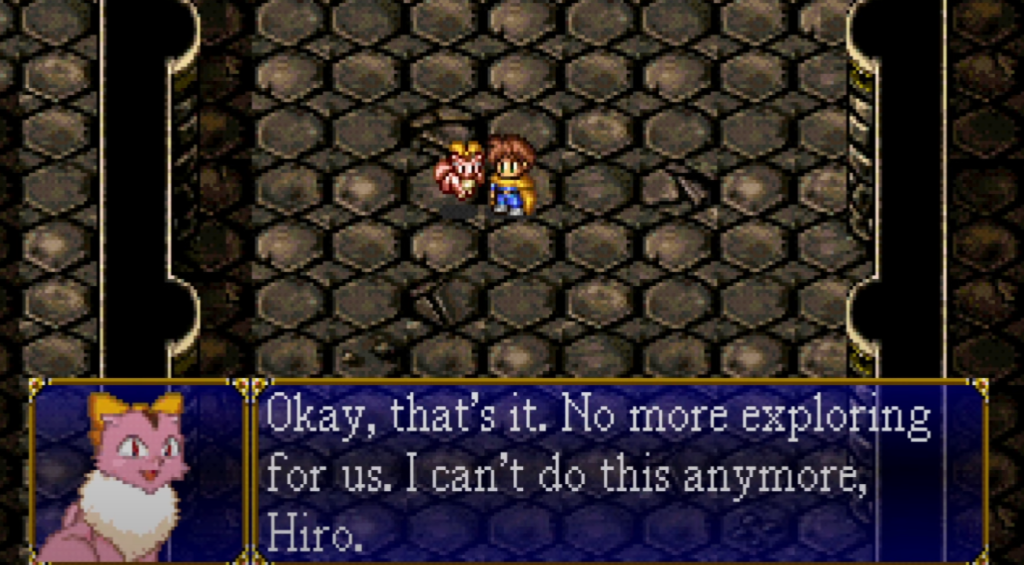
Lunar: Eternal Blue (1994)
The direct sequel to Lunar: The Silver Star (an excellent game in its own right), is this classic JRPG that’s sadly very difficult to track down legally nowadays. In many ways, Eternal Blue was not particularly special. It’s a turn-based JRPG with a story about saving the world. But the writing is so incredibly sharp, and it was one of the first RPGs to incorporate FMVs. Its style helped elevate it far above most other titles of the time.
Unfortunately, it was originally released on the Sega CD: an add-on that didn’t sell very well. A PS1 remake arrived late in the console’s lifecycle against some heavy competition, so that was also overlooked. And while both The Silver Star and Eternal Blue were included in the recent Japanese release of the Sega Genesis Mini 2, neither made it onto the North American version of the mini console.
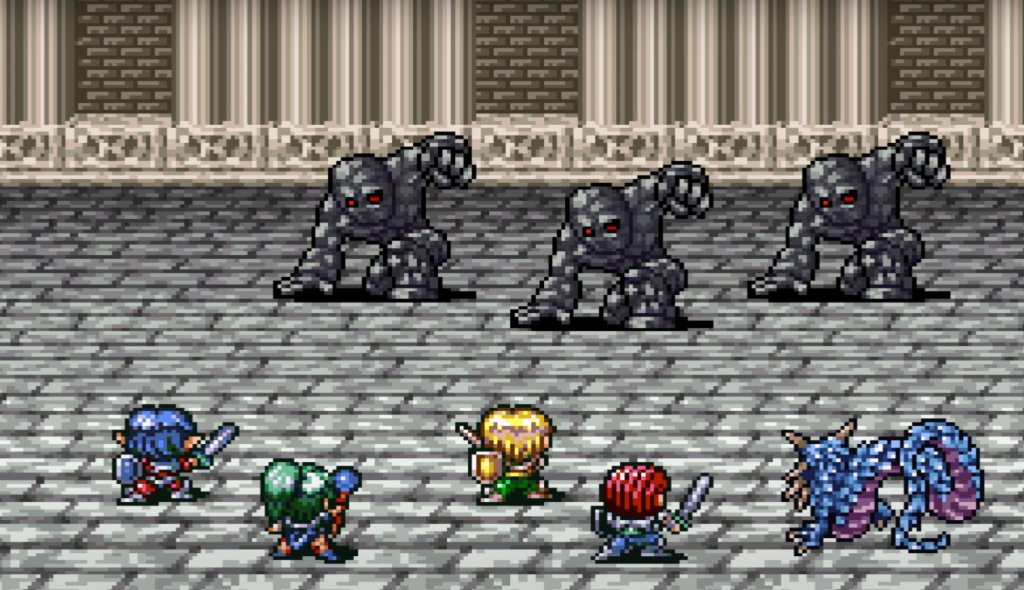
Lufia II: Rise of the Sinistrals (1995)
By 1995, the SNES had easily established itself as the console of choice for RPG gamers thanks to a library of instant classics like Final Fantasy VI, Chrono Trigger, and Secret of Mana. Most gamers were looking ahead to the new 32-bit consoles and the looming Nintendo 64, but the SNES still had one more big RPG up its sleeve that unfortunately largely went unnoticed in its day.
Lufia II (which is actually a prequel to the first game) stood out from other games on the system thanks to its emphasis on puzzles. Some are quite simple, while others will leave you racking your brain. But it was unlike anything else on the SNES and helped give the game a unique identity among classic ‘90s RPGs. Its incredible soundtrack didn’t hurt either. Rise of the Sinistrals eventually received a DS-exclusive remake, but it lost a bit of its original charm in the transition. Unfortunately, that version didn’t get much attention from gamers either.
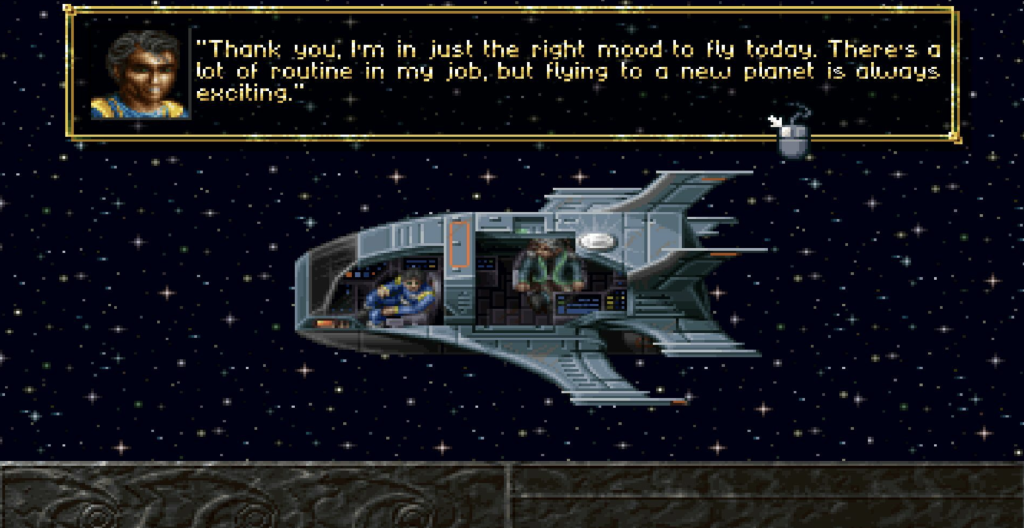
Albion (1995)
First off, Albion deserves more attention for its brilliant setting. Yes, it’s a typical fantasy setting with magic and monsters, but the twist is how you get there. You actually play as the crew of a spaceship that crash-landed on the titular planet, leading to a novel mix of science fiction and traditional fantasy tropes.
Combat in Albion is a little more strategic than the typical RPGs. It’s actually closer to a game of Chess. You’ll need to plot the order of characters and where they’re going to move next to get the most out of your party’s attacks. Despite critical acclaim since its release, Albion is still one of the more obscure RPGs of the 1990s, but still worth tracking down today.
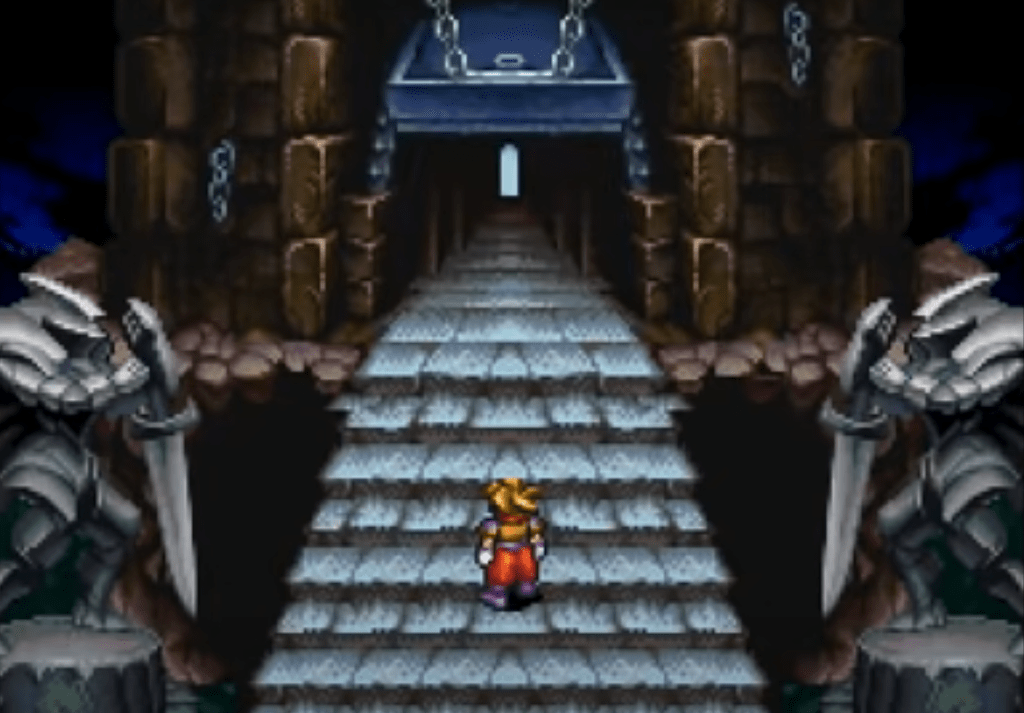
Terranigma (1995)
While Terranigma’s reputation has certainly grown online in recent years, it’s still never received a proper North American release, which more than warrants its inclusion on this list. Arriving late in the lifecycle of the SNES, it featured some of the best graphics and music the console was capable of, but it also nailed its really fun action RPG combat. It featured way more variety in its locales than similar games available at the time.
Favorable comparisons to A Link to A Past were made even then, but Enix closed its North American subsidiary before a localization could be completed. And while Square Enix has recently shown interest in going back and remaking some of their classic games of the 1990s, there are apparently issues with the rights of Terranigma that could prevent a re-release.
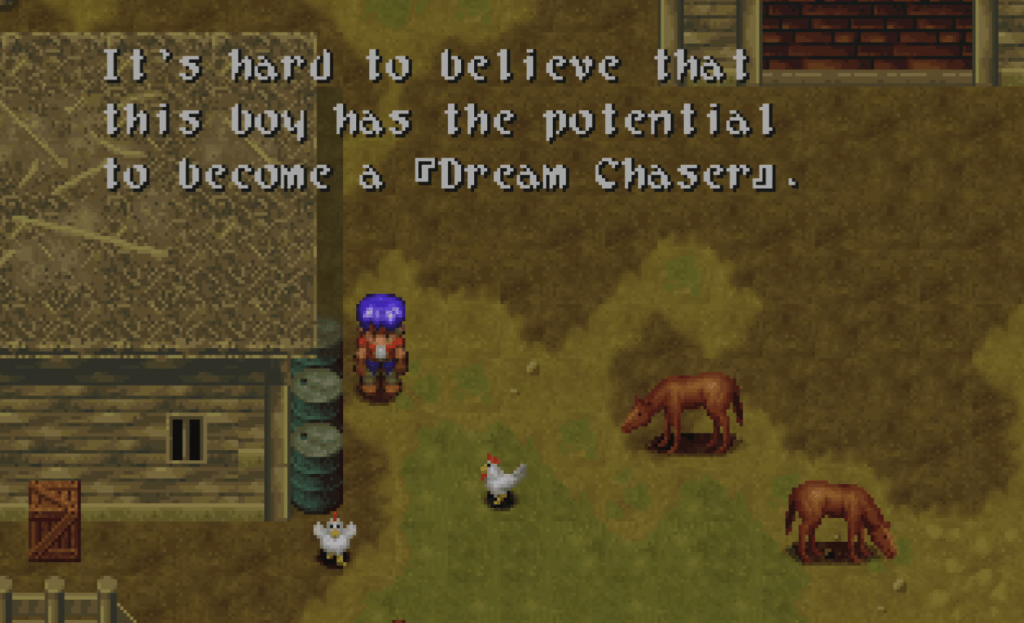
Wild Arms (1996)
Released in North America in April 1997, Wild Arms was seen as something of a holdover for RPG fans until the landmark release of Final Fantasy VII that fall. While the game could have been an easily forgotten footnote in RPG history, it actually holds up well for an early 3D console game. Its unique setting incorporates themes from the Industrial Revolution and its puzzles actually require you to use each party member’s different abilities to traverse the world.
Unlike most other games on this list, Wild Arms spawned multiple sequels and even received a remake. Unfortunately, none of those games quite captured the magic of the original, and it seems like Sony has largely abandoned the property. At least the first three games are playable on PS4 and PS5.
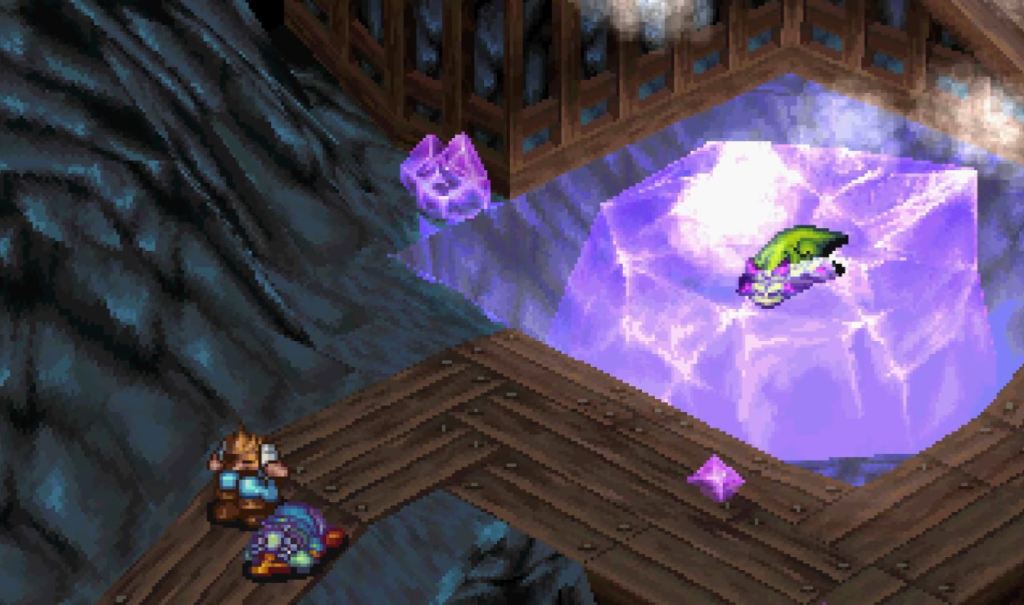
Breath of Fire III (1997)
Has any other RPG series been as chronically overlooked as Breath of Fire? Aside from an underwhelming experiment with free-to-play mobile gaming a few years ago, every entry in the series has been really solid. If anything though, that’s always been the franchise’s Achille’s heel. In a genre full of top-tier games, the Breath of the Fire series has always been consistently above average.
And…that’s really Breath of Fire III in a nutshell. The characters are good, but not super memorable. The story takes a few twists that elevate it above generic, the combat system has a few tweaks that elevate it just past typical turn-based fare. It’s all really good, but when there are so many great RPGs that last dozens of hours, it’s understandably hard to find the time to check it out.
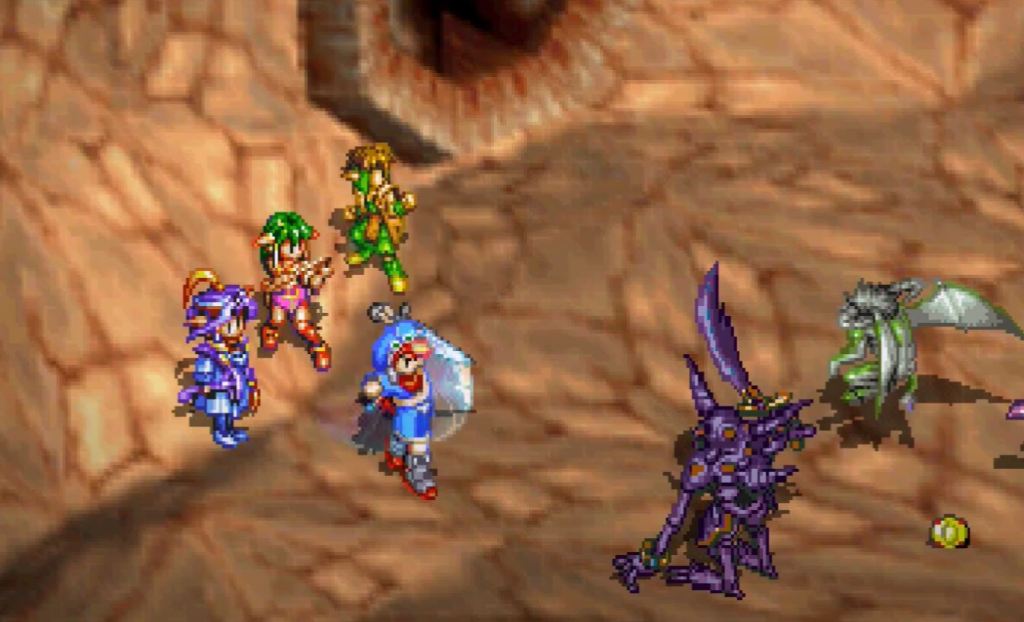
Grandia (1997)
When Grandia was first released for the Sega Saturn in Japan in 1997, it was immediately lauded as the new standard for 32-bit RPGs and a title that surpassed most of the PS1’s fledgling library. But Sega, which was known for making terrible business decisions at the time, of course flat out refused to bring the game overseas.
It would be another two years before Grandia finally came to North America with a PS1 port. While the game did show its age in some ways by then, its lighthearted tone and just plain enjoyable storytelling remained. At least after years of obscurity, an HD version of Grandia is now readily available on all modern platforms.
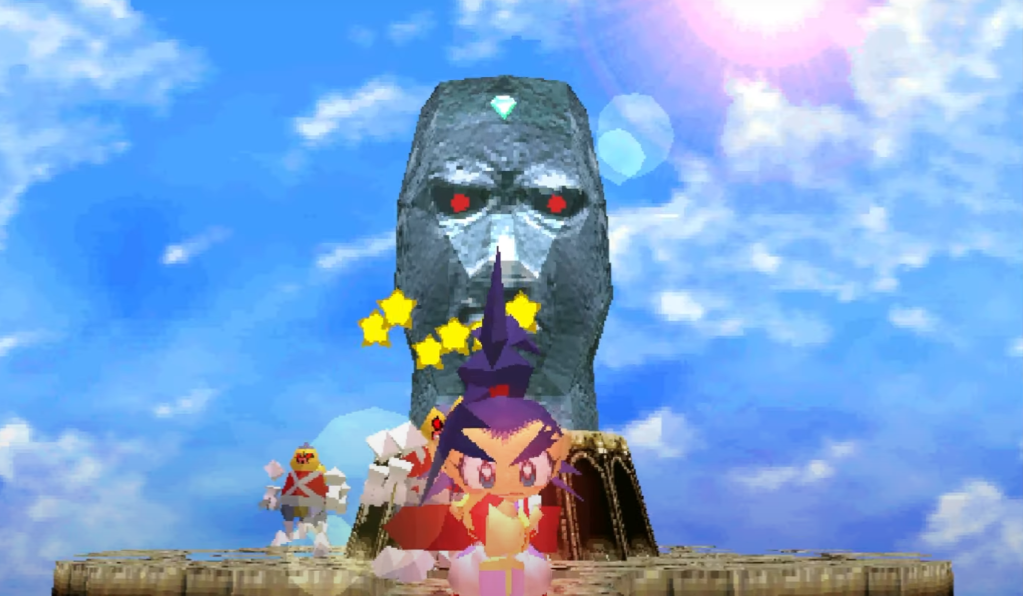
Brave Fencer Musashi (1998)
With SquareSoft putting out one classic game after another during the PS1 era, even a few of their best games got lost in the shuffle. With the developer mostly focusing on turn-based RPGs in the 1990s, Brave Fencer Musashi was a rare foray into the action RPG genre. The swordplay is a little on the simpler side but enjoyable enough to carry the game.
With its quest that focused on a search for five magic scrolls and its day-night cycle, many reviewers at the time compared Musashi to The Legend of Zelda: The Ocarina of Time, though Musashi is even more focused on action. Despite having aged quite well, for whatever reason, the game has never been officially re-released in the West.
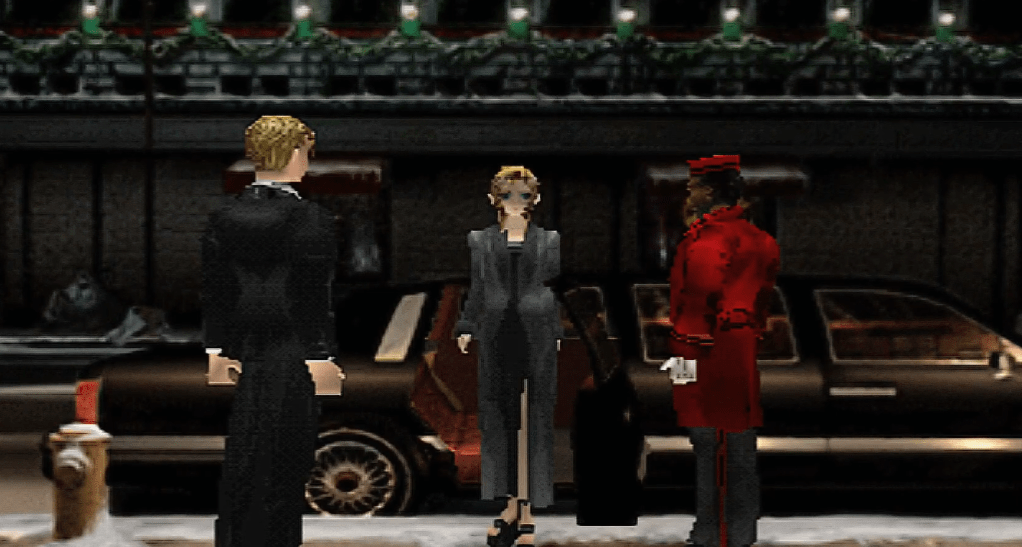
Parasite Eve (1998)
Plenty of people have said this over the years, but it’s still worth repeating: Parasite Eve was Square’s take on Resident Evil. You’ve got plenty of crazy scientific experiments, a villain hellbent on world domination through spontaneous human combustion, and even gunplay in a modern American setting (albeit with turn-based combat). The only thing missing is S.T.A.R.S. and Albert Wesker.
To be fair, there are reasons why the game was overlooked by many gamers at the time of its release. It’s a surprisingly short and linear RPG, and at times it can feel more like a movie than a game. Yet, it remains a unique and enjoyable horror RPG experience. A modern remake could be awesome.
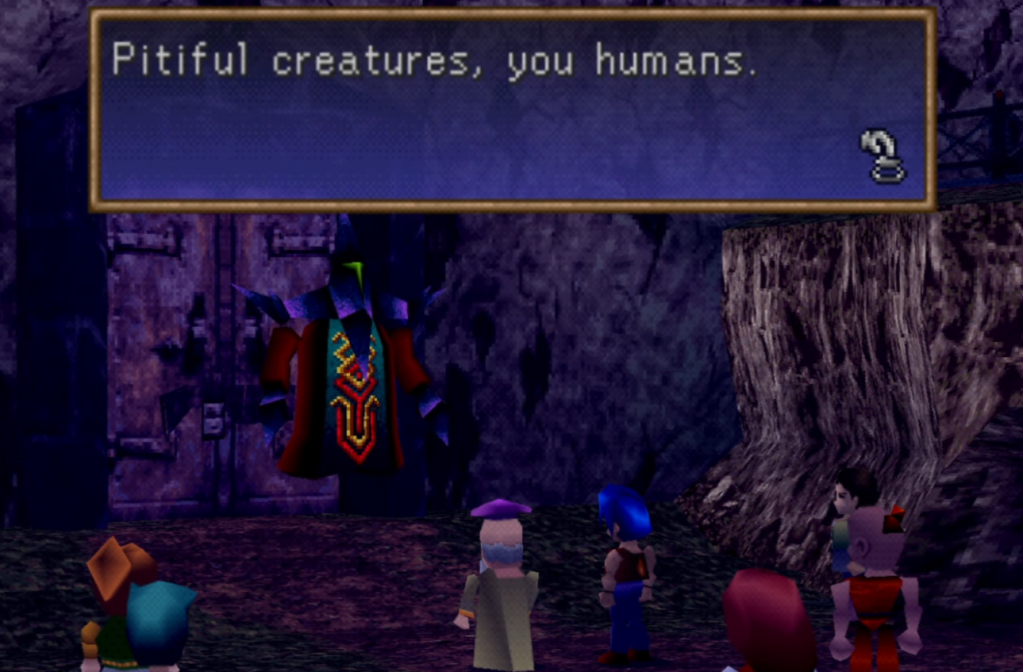
Legend of Legaia (1998)
Also from the producers of Wild Arms, Legend of Legaia was another solid Sony RPG meant to tide gamers over between big SquareSoft releases. Legaia is not quite as good as Wild Arms, though. The story does try to be a bit more complex than the typical JRPG, but it never quite takes off. The graphics were also dated even back in 1998 when the game first hit Japan.
So why does Legend of Legaia even make it onto this list? Simple. The combat is really, really cool. While turn-based at its core, a gauge controls how many actions each character has each turn and each move targets a different body part on an enemy (leading to some brutal combos). It’s almost like a turn-based fighting game.
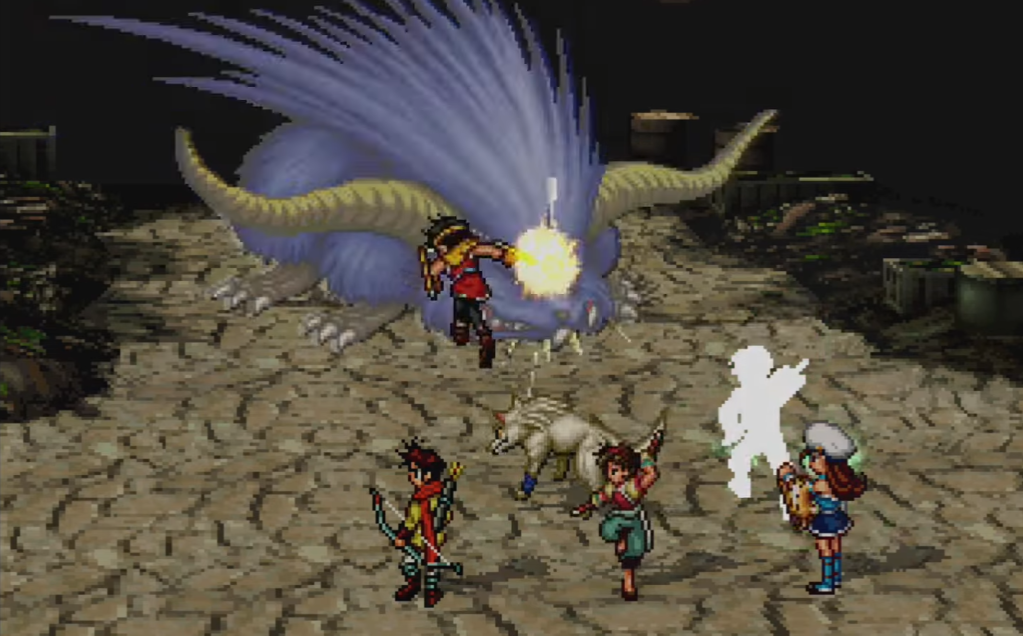
Suikoden II (1998)
At this point, Suikoden II is practically synonymous with underrated games. Amidst a tidal wave of high-quality 3D JRPGs, Suikoden II simply got lost in the shuffle. Gamers and reviewers alike were turned off by the graphics that looked more like an SNES game than something that belonged on the PS1, and Suikoden was never a household name like Final Fantasy.
Thankfully, time has been especially kind to Suikoden II, with modern reviewers now praising its epic story that manages to artfully cover both warring kingdoms and smaller interactions between its cast of more than 100 playable characters. An HD remaster of both the first and second Suikoden games is still in development with an unknown release date.
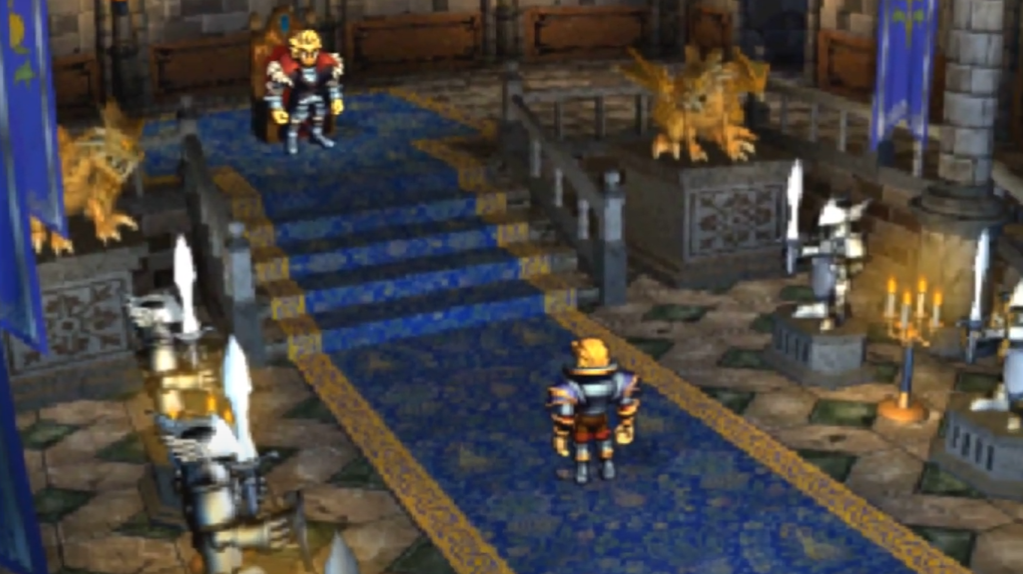
Ogre Battle 64 (1999)
The Nintendo 64 had a notoriously paltry library of RPGs. Even by the most generous definition, fewer than ten RPGs were released for the console worldwide. As the genre moved toward more cinematic presentations, cartridges just couldn’t fit the epic adventures that most developers envisioned. So, most studios flocked to PlayStation.
Still, Ogre Battle 64 is the one classic RPG for the system that’s worth playing today thanks to its deep strategy gameplay and an epic story that even managed to cram multiple endings into the crowded cartridge space. While a fine example of what could be done on the N64 in the hands of talented developers, many gamers sadly missed out on this gem when it was first released in Japan in 1999, and the following year in North America at the tail end of the N64’s lifespan.
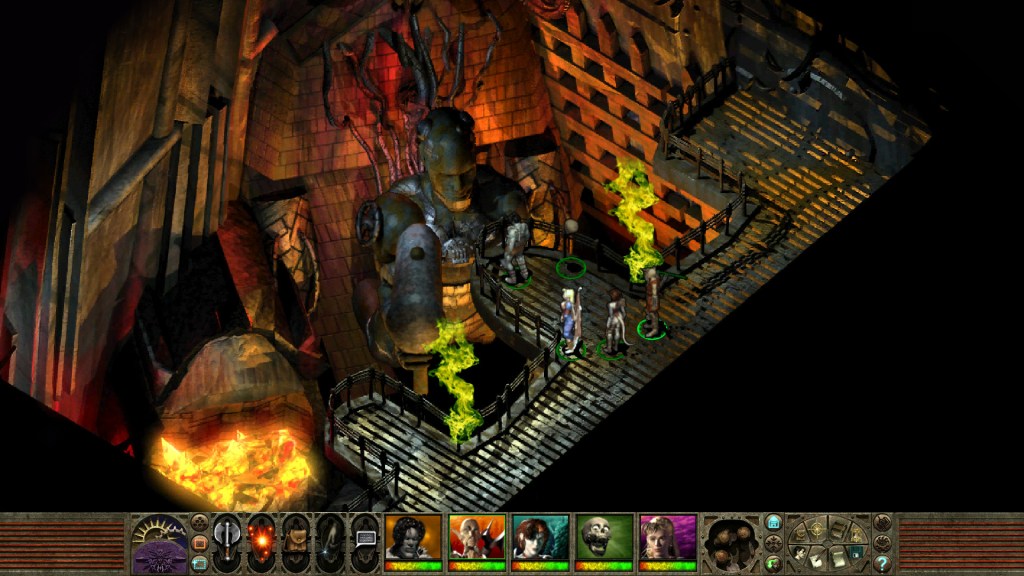
Planescape: Torment (1999)
As the 1990s came to a close, Black Isle Studios released Planescape: Torment. It was built with the same engine as the first two Baldur’s Gate titles and shared the setting of a Dungeons & Dragons campaign. But Planescape: Torment is a much weirder and more creative game. You play as The Nameless One: an immortal man who awakes with no memory. Where you go from there is completely up to you. You can be the traditional RPG hero, or something, much, much worse.
Planescape: Torment was lauded by critics at release, and has often topped lists of the best RPGs. For whatever reason, though, sales were abysmal. Admittedly, some of its systems haven’t exactly aged gracefully, which is pretty typical of CRPGs from the era. At least recent re-releases mean that modern games can readily check the game out.
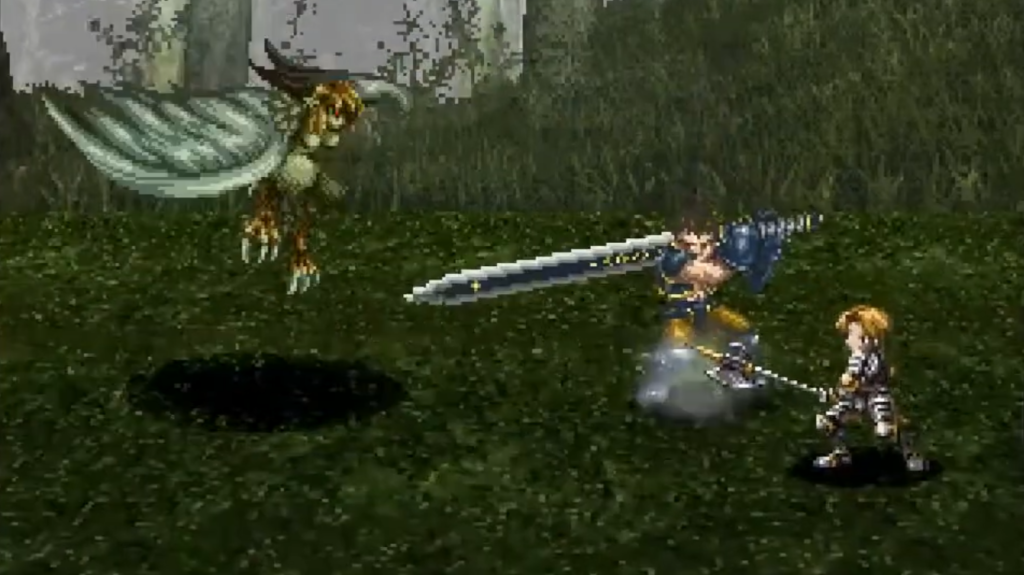
Valkyrie Profile (1999)
Just barely qualifying for the list, Valkyrie Profile was released in Japan just 10 days before the new millennium. In some ways, Valkyrie Profile doesn’t even really feel like an RPG. With levels traversed by 2D sidescrolling and a unique combat system where each party member corresponds to a button, it actually feels closer to an action game. Plus, it has the weird quirk of actually getting easier as you play on higher difficulties.
Oh, and all your party members are dead and forced to deal with all the regret and trauma of their past lives in a world based on Norse mythology. Valkyrie Profile is a wholly unique experience and a truly fantastic swansong for a decade with all too many underrated RPGs.
The post The Most Underrated RPGs of the 1990s appeared first on Den of Geek.


0 Commentaires